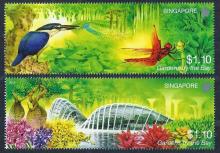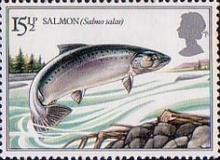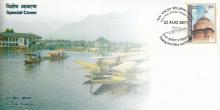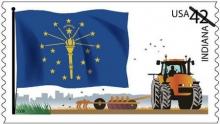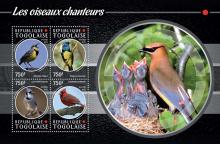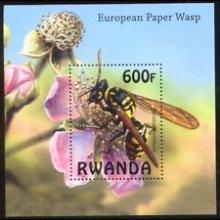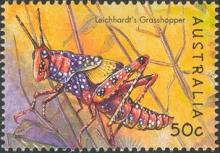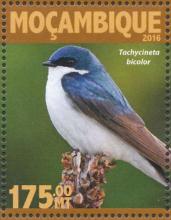Insekten: Ein Kahlschlag geht durchs Land
- Read more about Insekten: Ein Kahlschlag geht durchs Land
- Log in to post comments
In weiten Teilen Deutschlands ist die Insektenpopulation um bis zu 80 Prozent eingebrochen. Vor allem Wildbienen, Hummeln, Schwedfliegen sowie den Tag- und Nachtfaltern drohe das schleichende Aus, mahnt Thomas Mitschke. „Allein die Rote Liste der Bienen umfasst 300 Arten.“ Der Vorsitzende des Naturschutzbundes Lüneburg ist Hummel-, Wespen- und Hornissenbeauftragter für Stadt und Landkreis Lüneburg.

